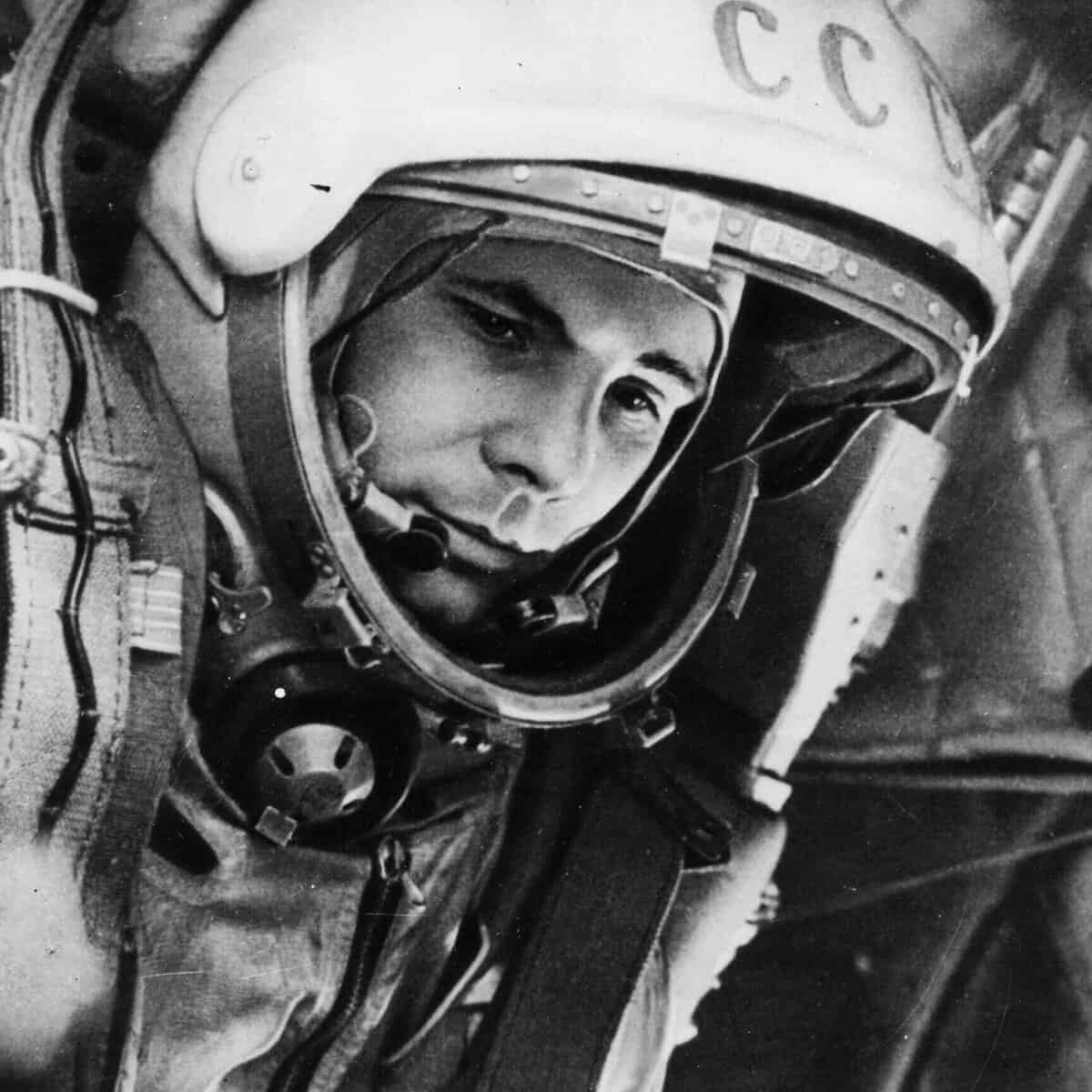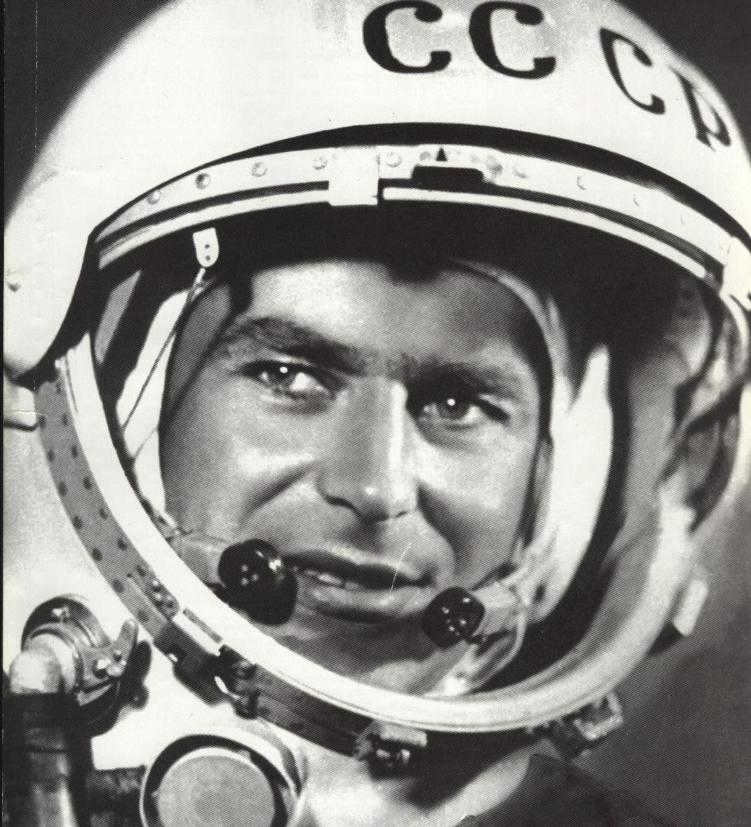
German Stepanovich Titov was born on September 11, 1935 in Verkhneye Zhilino, a small village located in the Altai Territory. Herman’s father, Stepan Pavlovich, worked as a teacher of Russian literature and language, but he was called to the front with the start of the Great Patriotic War. The Titov family had two children: Herman and Zemfira, who were named after characters from Pushkin’s works. While their father was away at the front, the Titov family moved to a commune. Herman attended school in the village of Polkovnikovo from the fourth to the seventh grade, and later transferred to the secondary school in the village of Nalobikha.
Service
After completing his education in 1953, the prospective astronaut was enlisted for service, which led to his assignment to the Military Aviation School of pilots in Kustanai, Kazakhstan. Upon finishing his training at the aviation school in 1955, Herman enrolled in the Stalingrad aviation school in Novosibirsk to become a pilot. In 1957, German Stepanovich successfully graduated from the school and obtained his pilot qualification. Following his graduation, the future astronaut served in the Leningrad Military District of the Air Force, stationed at airfields in Siversky village and Gatchina city.
The second astronaut in the world never fathomed that he would one day venture into outer space. During his service, German Titov completed over 800 flights on various types of aircraft, including jets and those equipped with piston engines.
Training for Space
In 1960, German Titov decided to test his luck in the selection process for the squadron of cosmonauts, which was open to employees with flying experience. German Stepanovich was among the 20 candidates chosen for the cosmonaut program, and later became one of the final three candidates for the historic role of being the first person in space. Similar to Yuri Alekseevich, he also recorded his speech as a pioneer in space travel. According to one story, German may not have been chosen as the first cosmonaut due to his name. It is well-known that the Soviet authorities were particularly sensitive to such matters, and having a cosmonaut named German would probably not have represented Soviet citizens in the same way as a cosmonaut named Yuri. Despite these rumors, German Titov was appointed as Yuri Gagarin’s backup and would have become the world’s first cosmonaut in the event of unforeseen circumstances.
Following Yuri Gagarin’s historic spaceflight, German Titov underwent further training and was eventually chosen as the second cosmonaut to venture into space after Gagarin.
Space Mission
On August 6, 1961, the Vostok-2 spacecraft was stationed at Baikonur pad, with German Titov, with the call sign “Orel,” as the lone crew member. This marked the momentous occasion of the first and only spaceflight by a seasoned Soviet pilot.
During his orbit around the Earth, cosmonaut Titov captured footage of the Earth’s surface and conducted various medical and biological experiments. He also took control of the spacecraft twice to perform necessary orientation and stabilization maneuvers.
Resources about the subject
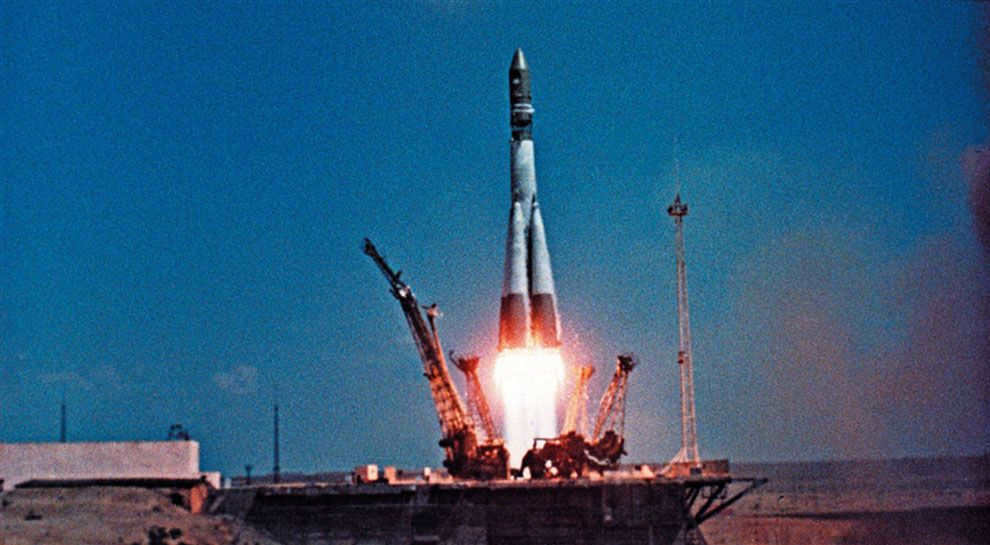
Unlike Yuri Gagarin’s brief 1 hour and 48 minute space flight, German Titov’s journey lasted an impressive 25 hours and 18 minutes. Throughout this time, the Vostok-2 spacecraft completed 17 orbits around the Earth, covering a distance of over 700,000 kilometers. As the descent vehicle approached the ground, the cosmonaut ejected and safely descended by parachute, just 7 kilometers before landing.
TItov’s historic flight following Gagarin’s paved the way for an important realization – the effects of space on the human body. It became apparent that space travel can lead to physical degradation and bodily swelling. The study of cosmonautics has since expanded our understanding of the impact of outer space on the human body, uncovering a wealth of new information.
To recognize his brave and daring mission in space, cosmonaut Titov was honored with the prestigious Order of Lenin, along with the Gold Star and the esteemed title of Hero of the USSR.
Life post-flight
Following his extraordinary journey, German Titov enrolled in the Zhukovsky Air Force Academy, where he pursued his studies in the field of aircraft and their engines. In 1968, he successfully completed his education at the academy and earned the distinguished qualification of “pilot-engineer-cosmonaut”. Between 1966 and 1970, German Stepanovich served as the leader of the training group for the Spiral program. The primary objective of this program was to develop a manned orbital aircraft capable of facilitating Earth-orbit-Earth transportation. As part of his involvement in this program, German also conducted tests on various aircraft models, including the MiG-21 and Su-7, in the town of Akhtubinsk, situated in the Astrakhan region.
In 1970, German was expelled from the team of astronauts because he joined the Military Academy of the General Staff of the USSR Air Force, where he successfully completed his studies in 1972. Starting from 1973, he occupied the position of deputy head of the Defense Ministry’s GUKOS, responsible for research, development, and design work. For the next 18 years, the former astronaut chaired numerous commissions dedicated to testing various rocket and space systems. In 1991, he retired and was discharged from the reserve. From 1992 to 1993, he served as the president of the scientific and technical center known as “Kosmoflot,” and later, from 1993 to 1995, he held the position of deputy chairman at the center for the conversion of Russia’s aerospace complex. In 1995, he was elected as a deputy in the State Duma. Since the autumn of 1999, he has been serving as the President of the Federation of Cosmonautics.
German Stepanovich, the famous cosmonaut, passed away on September 20, 2000, while he was in the sauna. His death was caused by a heart attack. He was laid to rest at the Novodevichy Cemetery in Moscow. Besides being an experienced pilot and a Hero of the USSR, German Stepanovich was also the second cosmonaut to travel to space after Gagarin. Additionally, he left behind a collection of books on the topic of space.
If you enjoyed this article, please share it with your friends!
Subscribe to our newsletter to receive one of the most popular articles in your email every day. Join us on Facebook and VKontakte to stay updated.
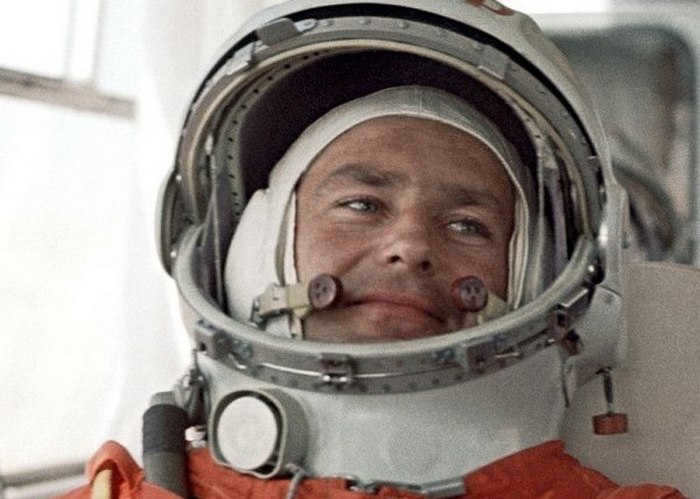
57 years ago, the second human space flight took place – German Titov completed 17 orbits around the Earth and spent just over 25 hours in space. His successful return to Earth was celebrated just as much as the first manned flight by Yuri Gagarin and brought him equal fame. In a later interview with German Stepanovich, there was a hint of regret that he did not become the first person to leave Earth, as he had all the chances to do so. However, in his space biography, he still accomplished something that had never been done before in orbit.
Being in good health was seen as a disadvantage
It was him, out of all the members of the original group of astronauts, who had the opportunity to be the first. All the necessary conditions were in place: German Titov was the most physically resilient of the group, with Yuri Gagarin only slightly behind him. However, this was precisely why it was decided that Gagarin would be the one to go on the first space mission. The initial flight was not meant to be very long – just one orbit around the Earth. If the first mission was successful, the plan was to send a man into space for a longer duration on the second mission. Therefore, the candidate with the stronger physical constitution believed it was best to save himself for the second flight.
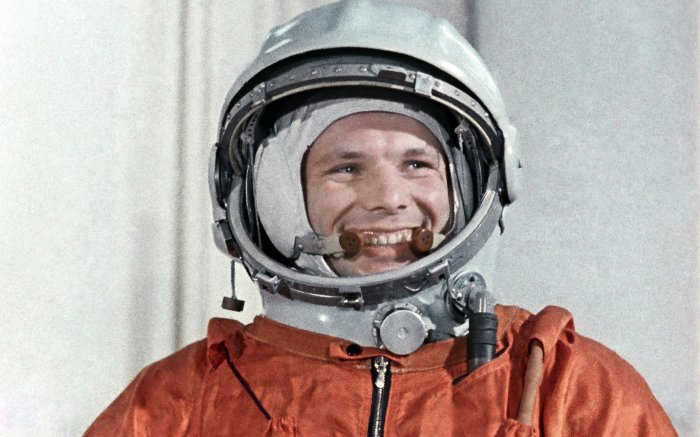
Meanwhile, Titov served as Gagarin’s backup, and in the event that the first astronaut’s health declined even slightly before the mission, he would have to take his place. They were close friends, and Herman was happy for Yuri, knowing that he had an incredible opportunity to be the first person to venture into space. However, deep down, he couldn’t help but secretly hope that the doctors would deem his comrade unfit for space travel. He yearned for the chance to become the most renowned individual on the planet, surpassing even Gagarin.
Yet, fate had other plans. Yuri Gagarin ascended into the sky aboard the “Vostok” spacecraft, while Titov remained on Earth, patiently awaiting his own opportunity…
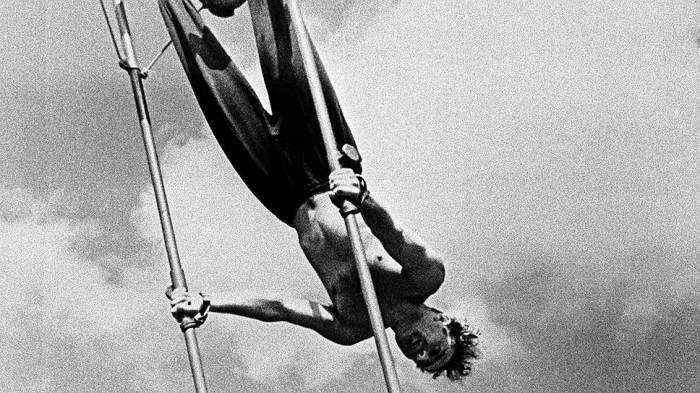
Why is an alarm clock necessary in space?
Although German Titov was not the first person to go to space, he accomplished numerous firsts during his orbit that solidify his place in history. While Yuri Gagarin circled the Earth only once and landed 108 minutes after takeoff, Titov spent over a day in space. German Stepanovich conducted the first extended space flight, demonstrating that it is possible to endure weightlessness for such a prolonged period. So, why would an alarm clock be needed in space?
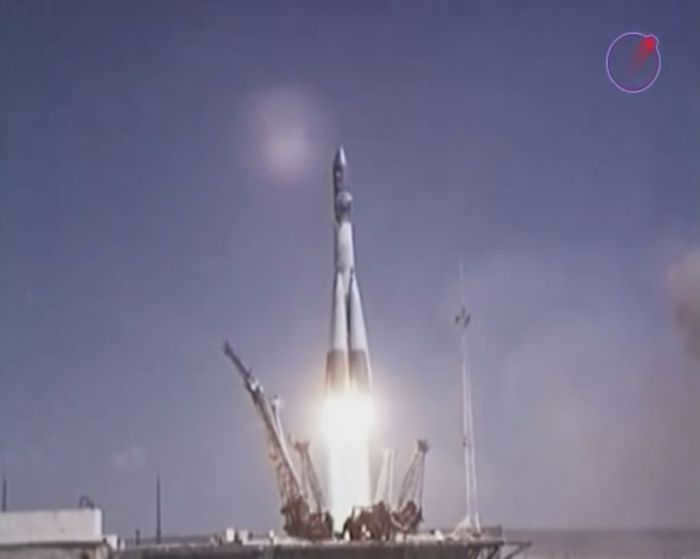
And he didn’t stop there in terms of space exploration. First and foremost, he made significant advancements in an activity as ordinary as sleeping. While Yuri Gagarin didn’t have the opportunity to sleep during his flight, Titov had a designated time for rest in his schedule – from seven o’clock in the evening to two in the morning.
Upon awakening, he was meant to reconnect with the Earth, but, unfortunately, he slept through this communication session. Titov awoke with only fifteen minutes until two o’clock, so he decided to take a quick nap to make up for the lost time and closed his eyes once again… only to open them when the clock already read 2:35. His silence caused a near panic back on Earth, but once the situation was resolved, this incident became the butt of jokes. It was ironic that even on a state-of-the-art spaceship, a reliable alarm clock was lacking. In reality, the second cosmonaut didn’t have an alarm clock at all.
Trains and gossip – the adversaries of astronauts
The comeback of German Titov also had its fair share of peculiarities. He touched down on the outskirts of the petite town of Krasny Kut, in close proximity to the railway, just as a train was passing by. If the descent module, containing the cosmonaut, had landed on the tracks, it could have resulted in a tragic outcome for both him and the passengers aboard the train. Thankfully, Titov narrowly avoided the railroad tracks, and no harm was done to anyone.
As a result of the astronaut being confined in a spacesuit for an extended period, speculation emerged that he had been exposed to a significant amount of radiation during the journey. This hearsay quickly gained traction, with some asserting that Titov had been blinded and others insisting they had personally witnessed him with a completely bald head. Thankfully, German Stepanovich took all of these rumors in stride and responded with a good-natured sense of humor.
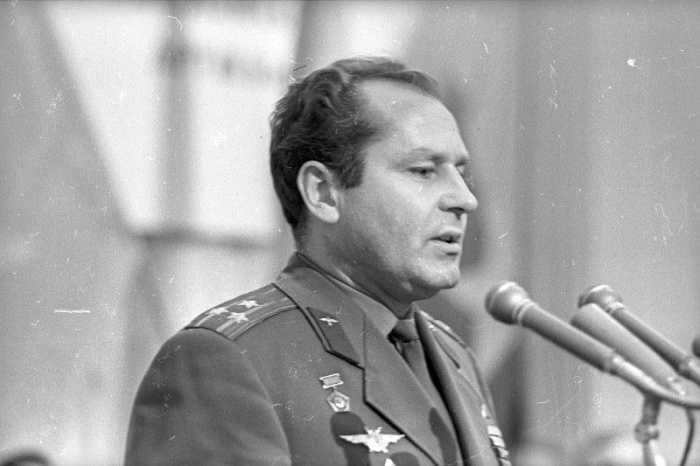
Gagarin had it easier
However, it was not just German Titov who encountered funny mishaps as a cosmonaut. While Gagarin’s spacecraft, Vostok, operated on automatic control during his flight, Titov became the first to attempt manual control of a spacecraft in history. Additionally, Titov was provided with a camera and movie camera “Konvas” before his flight, unlike Gagarin who had no equipment for capturing photos and videos in space. The footage that Titov captured not only became the first photos and videos taken outside of Earth, but it also marked the first time that he filmed in weightlessness.
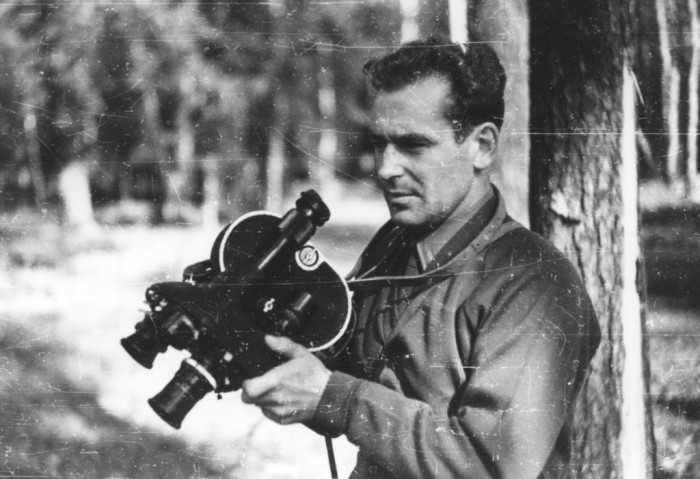
Despite the fact that the photographs and video were taken by the “ever-second” astronaut, their value remained unchanged.
If you enjoyed reading the article, please show your support by clicking here:
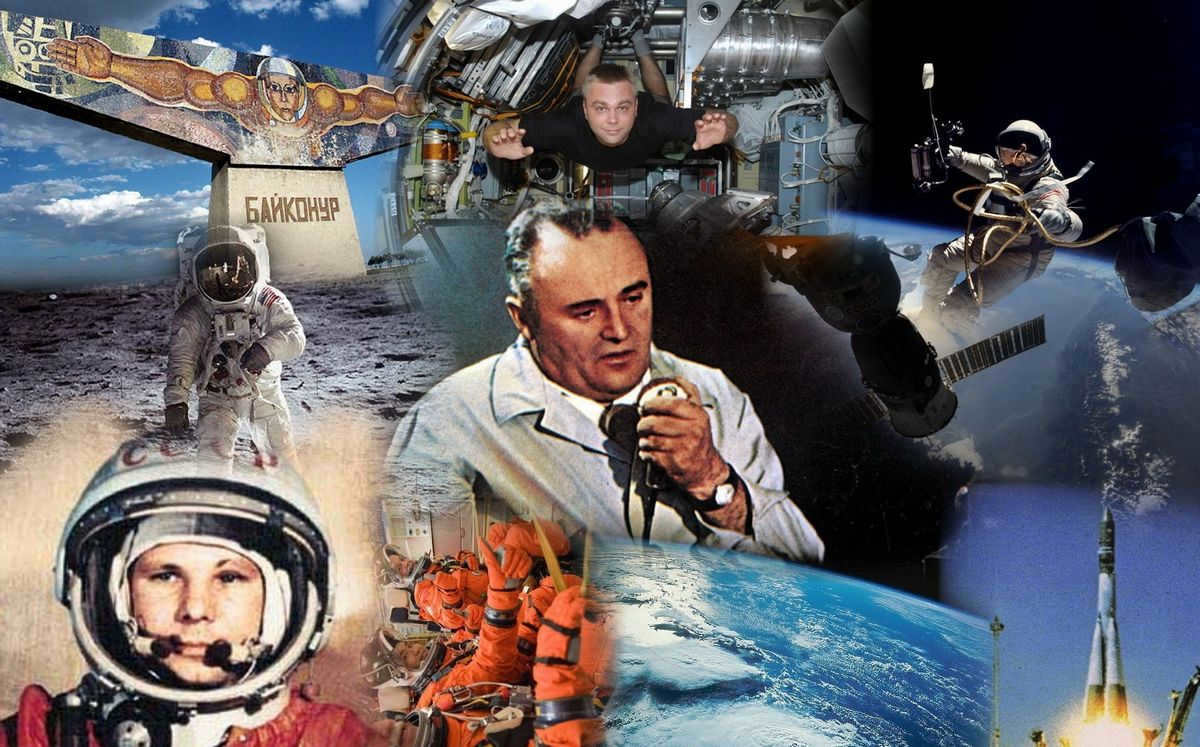
The date of April 12, 1961 is likely to be remembered as one of the most joyful in our nation’s history. The news from TASS spread across the globe, even before the triumphant return of the first astronaut, before he was discovered casually chatting with tractor drivers on a Saratov collective farm…
That’s how the initial message about the space flight sounded – businesslike, filled with technical details. However, our announcers – Levitan, Balashov – pronounced this text with great solemnity…
And the people responded with genuine jubilation, without any pretense – as if they had been eagerly awaiting this specific flight, even though it had been shrouded in strict secrecy. Schoolchildren were dismissed from their classes, and people spontaneously gathered in squares and near radios. They eagerly discussed the unprecedented news. On this day, we should remember the ten individuals who contributed to the space victory – the most deserving, unforgettable ones. Of course, there were more individuals involved, but we must ensure that these ten are not forgotten.
Konstantin Tsiolkovsky
Konstantin Tsiolkovsky was a renowned Russian scientist and pioneer in astronautics.
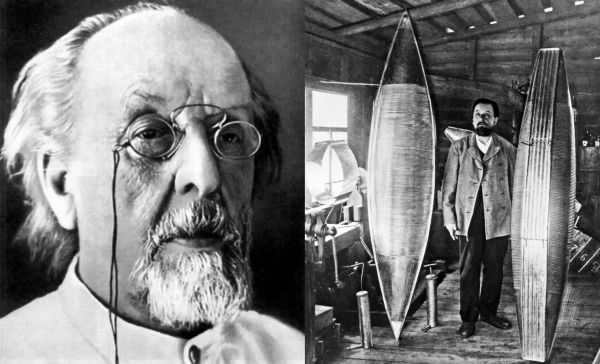
Konstantin Eduardovich Tsiolkovsky (1857 – 1935)
The pioneer of theoretical astronautics not only delved into rocket dynamics and aeronautics, but also possessed the wisdom of a philosopher and the foresight of a prophet when it came to interplanetary travel.
A self-taught scientist, Tsiolkovsky had remarkable insights that foreshadowed scientific advancements, including the advent of multistage rockets. He firmly believed that the exploration of the solar system would bestow mankind with abundant energy and vast expanses. Aspiring rocket enthusiasts sought guidance from the esteemed elder scientist, with future space architects regarding him as their mentor.
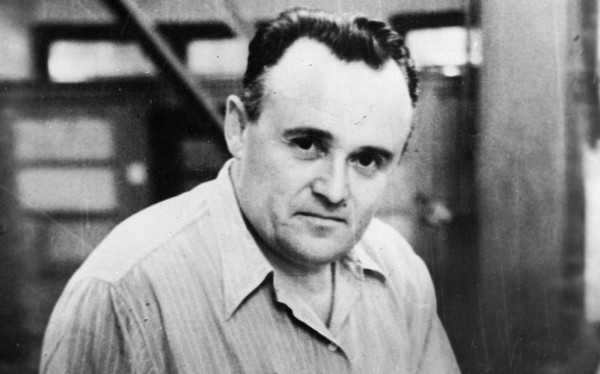
Sergei Pavlovich Korolev (1906 (January 12, 1907 New Style) – 1966).
Upon meeting Tsiolkovsky, the young aerospace engineer became captivated by the concept of high-altitude flight and managed to establish a public organization in Moscow known as the Group for the Study of Jet Propulsion (GIRD). From 1938 to 1944, he was incarcerated in various camps and a “special prison” where he was allowed to practice his profession.
In 1946, he was appointed as the Chief Designer of Special Design Bureau No. 1 (OKB-1), which was located in Kaliningrad near Moscow (now Korolev) and tasked with developing long-range ballistic missiles. He served as the leader and visionary behind the Soviet Union’s space triumphs, and was regarded as the foremost expert among the Council of Chief Designers. His input played a decisive role in the selection of the first cosmonaut….
To the general public, Korolev was known as an anonymous Chief Designer and published his works under a false name. It was only after his death that his true identity became widely known throughout the Soviet Union, and his portraits started to appear in textbooks and magazines.
Valentin Glushko
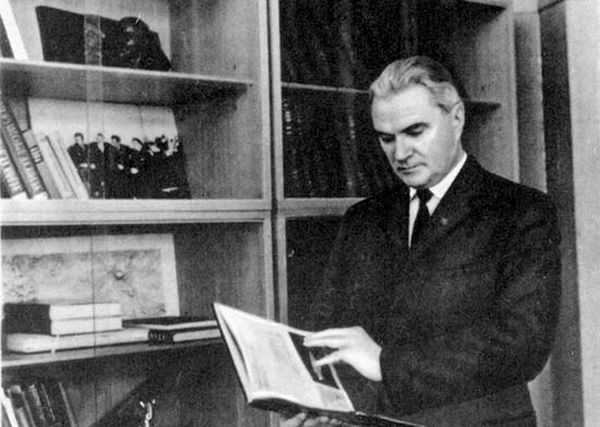
Valentin Glushko (1908 – 1989)
Valentin Glushko is, without any doubt, the pioneer of rocket engine development. And to put it simply – one of the founding fathers of global space exploration. He had correspondence with Tsiolkovsky as early as the 1920s, during which time he wrote his initial articles on space travel. Similar to Korolev, he was detained and forced to work in prisons. Following the war, he assumed the role of chief designer at OKB-456, where he produced liquid rocket engines that were responsible for propelling our rockets into space. Glushko’s engines continue to remain unmatched in their performance.
In 1974, he assumed full leadership of the Soviet space industry by becoming the head of the Energia Design Bureau, which brought together the innovations of Korolev and Valentin Petrovich. Under his guidance, the Energia-Buran project was carried out, marking the final major achievement of Soviet cosmonautics.
Yuri Gagarin
can be paraphrased as “The first person to travel into space was Yuri Gagarin.”
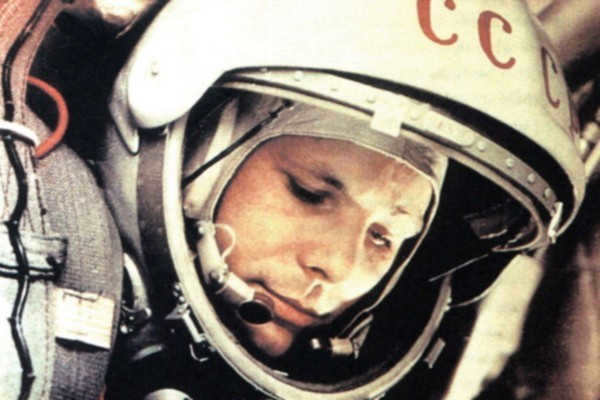
Yuri Gagarin (1934-1968).
His radiant smile appears to encapsulate all the exceptional qualities that defined Russia and the USSR in the 20th century. On September 1, 1941, Yuri embarked on his educational journey as a first-grader at Klushinsky village school. However, a mere six weeks later, the village fell under Nazi occupation. For a grueling year and a half, the Gagarin family endured the hardships inflicted by the occupation forces. In 1954, Gagarin, a student at an industrial technical school, was admitted to the prestigious Saratov Aero Club. Under the tutelage of esteemed frontline pilots – renowned heroes of the Soviet Union – he honed his aviation skills. Subsequently, he attended aviation school and served in the Northern Fleet. Gagarin, now a Senior Lieutenant, was handpicked for the esteemed squadron of cosmonauts and, after undergoing rigorous examinations, was ultimately selected for the most perilous and momentous mission of his career.
The entire globe is aware of what happened next. Following his historic flight, Gagarin became the embodiment of the nation – and he fulfilled this role flawlessly. He never forgot his roots in the cosmonaut team. However, he was only granted seven years to bask in his fame. On March 28, 1968, the world was devastated by the tragic loss of the first cosmonaut during a routine training flight. The entire nation mourned the passing of Yuri Gagarin. It was a departure from the expected.
Nikolai Kamanin: A Remarkable Individual
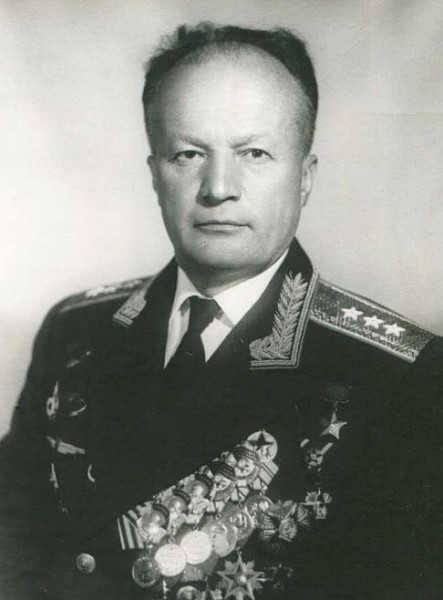

Nikolai Kamanin (1908 – 1982) was an exceptional aviator who was among the initial recipients of the Soviet Union’s Hero title for his heroic efforts in rescuing the Chelyuskinites. This daring mission was flawlessly executed by the young flying ace. Throughout the war, he commanded the 292nd Air Assault Division and eventually rose to lead the corps. From 1960 onwards, Lieutenant General Kamanin played a pivotal role in the selection and training of the first generation of Soviet cosmonauts. He became a paternal figure for our pioneering astronauts.
German Titov
can be rephrased as:
German Titov
is a name that can be paraphrased in English.
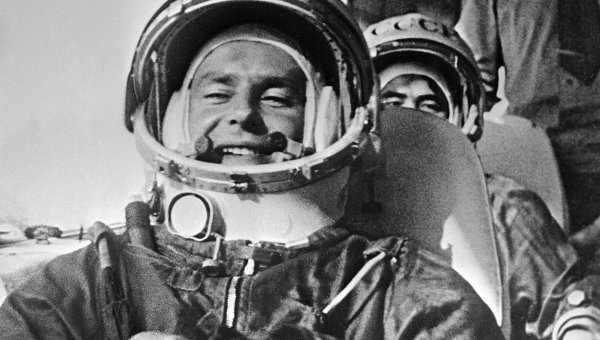
German Titov (1935-2000)
On April 12, he assumed the challenging role of an understudy. He successfully completed all the tests alongside Gagarin. And on August 6, German Titov’s moment arrived. Titov became the first person in the world to embark on a lengthy space journey that lasted 25 hours. This was an extraordinary accomplishment for that era. Even today, he holds the record for being the youngest astronaut in history – on August 6, 1961, he was 25 years and 330 days old. In the collective consciousness of the people, the names Gagarin and Titov are forever intertwined.
Mikhail Ryazansky
Mikhail Ryazansky is a well-known personality.
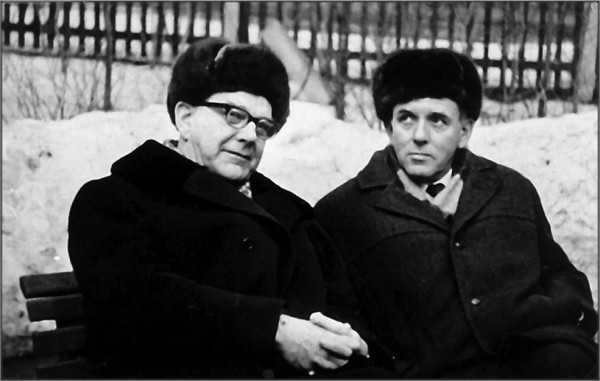
Mikhail Ryazansky (1909-1987) and Georgy Babakin.
As a member of the USSR Academy of Sciences, Ryazansky served as the leading operator for rockets. Starting from the 1930s, he was involved in the radio control of tanks, airplanes, and torpedo boats, as well as aviation radio stations. He played a key role in the development of the first Soviet radar. Following the war, he was appointed as the Chief Designer of NII-885 (now known as the Russian Research Institute of Space Instrumentation), where he oversaw the creation of radio communication equipment for rockets. His grandson, Sergei Ryazansky, also became a cosmonaut and had his first space flight in 2013.
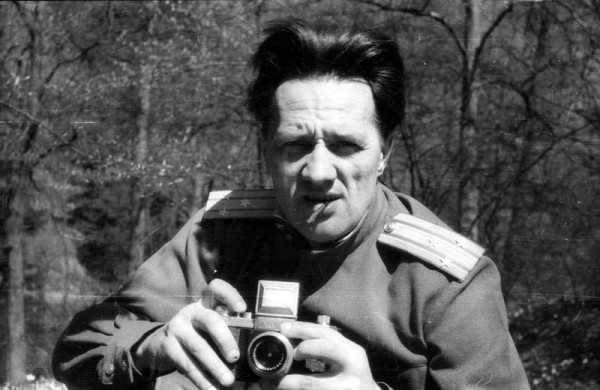
Nikolai Pilyugin (1908 – 1982).
He was responsible for the development of control systems for rockets, including the famous “seven” that successfully launched Gagarin into orbit. Korolev highly valued Pilyugin for his exceptional design skills and straightforward personality.
A rocket is comparable to a sightless animal!
In order to possess both functionality and elegance,
A rocket requires vision
And most importantly, intelligence!
And you are amidst the eternal chaos and clamor,
Like a mother teaching her first-born child,
You taught rockets to observe and think,
And that is what enables them to soar!
These verses were dedicated to Pilyugin by his fellow colleagues. The inventor bestowed Soviet rockets with the ability to think…
Vladimir Barmin
Vladimir Barmin is an exceptional individual.
Vladimir Barmin is a person of great distinction.
Vladimir Barmin stands out from the crowd.
Vladimir Barmin is truly one of a kind.
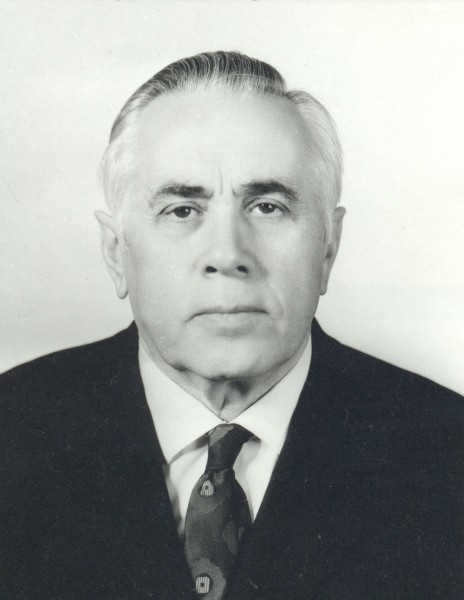
Vladimir Pavlovich Barmin (1909 – 1993)
He was an essential member of the “Magnificent Six” group of lead rocket designers. During the wartime period, Academician Barmin played a crucial role as a designer of multiple launch rocket launchers, commonly referred to as “Katyusha.”
Following the war, he took charge of the State Design Bureau of Special Machine Building. Under his guidance, he spearheaded the development of launch complexes for launching and preparing rockets, which eventually led to the conquest of space. He also designed installations for lunar and Venus exploration…
Mstislav Keldysh
can be paraphrased as:
Mstislav Keldysh
is an individual who can be described differently.
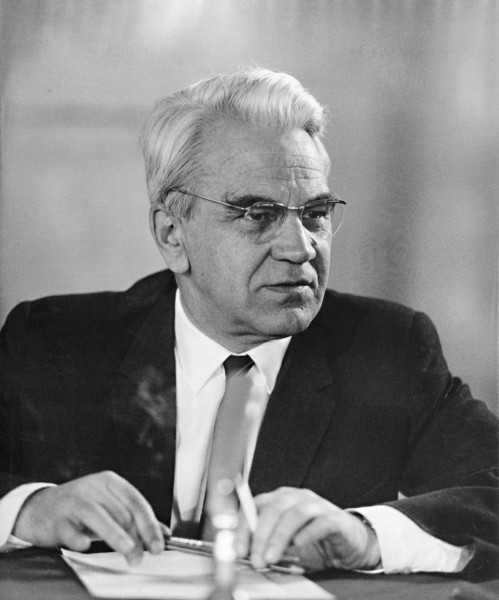
Mstislav Vsevolodovich Keldysh (1911 – 1978).
In the press, he was referred to as the Theoretician of Cosmonautics in order to maintain secrecy. Soon after the war, mathematician and engineer Keldysh became involved in the field of rocket science. He played a crucial role in assisting Korolev in developing the optimal design for the R-7 rocket, which marked the beginning of the space era.
Under Keldysh’s guidance, a ballistic computing center was established, which later became an integral part of the spacecraft flight control system. Shortly after Gagarin’s historic flight, Keldysh assumed the position of president of the USSR Academy of Sciences. While he was a prominent public figure in his role as the head of the academy, his involvement in the space program remained classified.
We have a humble favor to ask. This narrative was made possible due to the invaluable support of our readers. Even the tiniest monthly contribution aids the editorial staff in their efforts to produce significant content for individuals.
It has been 60 years since the moment when the initial cosmonaut embarked on a journey to the orbit. Following in the footsteps of Yuri Gagarin, approximately 500 other brave individuals from 36 nations have ventured into space throughout the years, with around 50 of them being women. Some of these extraordinary individuals have eternally etched their names in the annals of space exploration. Discover more about them in the enlightening piece by 24SMI.
Yuri Gagarin – The First Man in Space
Yuri Gagarin, a former military pilot, achieved a historic milestone by becoming the first person to orbit the Earth. This groundbreaking event took place on April 12, 1961, and has since been etched into the annals of both domestic and international space exploration.

Yuri Gagarin completed a full orbit around the Earth aboard the Vostok-1 spacecraft, which was designed by Sergei Pavlovich Korolev. He spent 108 minutes in orbit around our planet. The spacecraft was equipped with automated controls, allowing Gagarin to conduct simple experiments, eat, drink, and take notes during his journey.
The first manned spaceflight had a profound impact on humanity and greatly influenced Yuri Gagarin’s life. He was promoted to the rank of major and received the Hero of the Soviet Union award. In addition to these honors, Gagarin also received numerous other awards and prizes. He traveled to 30 countries and met with their leaders, including Queen Elizabeth II of Great Britain and Cuban leader Fidel Castro.
Gagarin also had conversations with other famous individuals of his era, such as Gina Lollobrigida. The Italian performer bestowed a kiss on his cheek – a shared snapshot of the astronaut and film star circulated worldwide. He frequently journeyed throughout the Soviet Union, including trips to the Don region, where the space pioneer received a personal invitation from renowned writer Mikhail Sholokhov.
Gagarin’s life came to a tragic end. Yuri Alekseevich, along with his instructor Vladimir Seregin, embarked on their final flight on March 27, 1968. During the return journey, following the completion of their piloting task, communication with the aircraft ceased, resulting in a crash. Tragically, both pilots lost their lives.
German Titov
Titov was one of the six candidates vying to be the first to venture into space. Eventually, it was German Stepanovich who made the historic journey in 1961, at the age of 25 (Yuri Gagarin, at 27, made his legendary flight). To this day, Titov holds the record for being the youngest cosmonaut to have ever traveled beyond Earth’s atmosphere. He is also remembered as the second person to have ever been to space and the first to have spent more than a day in orbit – his flight lasted for an impressive 25 hours and 18 minutes.
Alexei Leonov
Alexei Leonov made history in the field of astronautics by becoming the first person to venture into outer space. This groundbreaking experiment took place on March 18, 1965 and provided valuable insights into the effects of the space environment on the human body, while also revealing some equipment deficiencies. The test came dangerously close to ending in tragedy as Leonov’s spacesuit became deformed and bloated, preventing him from reentering the spacecraft. Additionally, he experienced symptoms such as tachycardia, fever, and difficulty breathing. In a bold and risky move, the cosmonaut depressurized his spacesuit to prevent further complications, such as blood boiling. Thankfully, disaster was averted and this brave explorer safely returned to the ship.
The trials for Leonov and the captain of the ship, Pavel Belyaev, did not conclude upon his return on board. The navigation system on the “Vostok-2” malfunctioned. Consequently, Belyaev had to assume control and became the pioneer astronaut to manually align the spacecraft in space and initiate the braking engines. The spacecraft landed further than intended, in a secluded taiga – the astronauts managed to survive, albeit enduring two days in the frigid conditions.
Valentina Tereshkova
Valentina Tereshkova holds the distinction of being the inaugural female cosmonaut. She stands as a symbol of the pioneering spirit of women who ventured into space solo. In 1962, a group of parachutists was shortlisted for the program, and Tereshkova emerged as one of the five candidates. While her rivals displayed impressive capabilities, it was ultimately Khrushchev’s insistence that led to her selection for the mission. Valentina Vladimirovna’s professional experience played a vital role in this decision.
The inaugural flight by a female astronaut occurred on June 16, 1963, aboard the Vostok-6 spacecraft. Valentina Tereshkova spent a total of three days in space, during which she faced the challenge of manually controlling the pitch orientation of the spacecraft. Unfortunately, a flaw in the control system prevented her from successfully achieving this task. However, thanks to the reliable autopilot system, she was able to safely land the spacecraft. Interestingly, Tereshkova was instructed by Sergei Korolev to keep the technical error a secret. In fact, the renowned designer even went as far as blaming Tereshkova for the failed experiment, asserting that no woman would ever have the opportunity to journey to space again during his lifetime.
Armstrong made his first foray into space in March 1968, serving as the commander of the spacecraft “Gemini-8”. It was during this mission that he successfully docked the spacecraft with the “Agena” rocket. Just one year later, Neil embarked on a legendary journey to the moon. The main module of their spacecraft orbited the moon, and Armstrong, alongside pilot Edwin Aldrin, touched down in the Sea of Tranquility region.
This groundbreaking expedition lasted a total of 21.5 hours. During their time on the moon, the astronauts ventured out onto its surface. Armstrong became the first person to leave his mark on the moon, his footprints forever imprinted on its soil. Aldrin followed suit shortly after. Together, they spent 2.5 hours exploring outside of the lunar module.
In recent times, there has been doubt surrounding the American moon landing. The video footage captured on the moon’s surface is now being questioned as a fabrication. This controversy has been labeled as the “Lunar Conspiracy.”
John Young
John Young also played a significant role in the American moon landing. In 1969, during the Apollo 10 mission, Young became the first astronaut to orbit the Earth’s moon alone. Then, in 1972, Young and Charles Duke embarked on their second mission to the moon, spending three days in lunar orbit.
Aside from the “Apollo” mission, the astronaut was also involved in two other manned flight programs – “Gemini” and “Space Shuttle”. John Young remains the sole individual to have piloted four different types of spacecraft.
Yang Liwei
Yang Liwei made history as the inaugural Chinese astronaut. On October 15, 2003, he embarked on his journey aboard the Shenzhou-5 spacecraft. Over the course of 21 hours, the representative of the Celestial Empire completed 14 orbits around the planet before safely landing in the autonomous region of Inner Mongolia. In preparation for an unplanned landing, Liwei carried a tent, a knife, and a weapon.
To be more precise, Yang Liwei became the first Chinese citizen to venture into space. Strictly speaking, the first person of Chinese descent to reach outer space is American scientist Taylor Weng, who accomplished this feat in 1985.
Vladislav Volkov
The Soviet Union successfully launched the first orbital station, Soyuz-1, into space. The original plan was for it to dock with Soyuz-10, but due to technical errors, the operation was unsuccessful. Vladislav Volkov, along with Viktor Patsayev and Georgy Dobrovolsky, were assigned to perform the second docking. After 23 days, the cosmonauts were scheduled to return to Earth, but unfortunately, a faulty ventilation valve caused the capsule to lose pressure. As a result, Volkov and his fellow cosmonauts tragically lost their lives.
This incident was not the only tragedy in Soviet space exploration history. The first person to perish during a space flight was Vladimir Komarov, whose ship’s braking parachute system failed during landing.
Gennady Padalka
Gennady Padalka holds the world record for the most time spent in space, with a total of 878 days in orbit. Prior to Padalka, Sergey Krikalev held this record, having spent 803 days on the space station and participated in 6 launches.
Meanwhile, the record for the most spacewalks and time spent outside the spacecraft belongs to another Russian cosmonaut, Alexei Solovyev. Solovyev has completed 16 spacewalks and has spent a total of 82 hours and 21 minutes outside the ship’s hull.
Dennis Tito
Dennis Tito was the pioneer space traveler who financed his own space flight. As the manager of the investment firm Wilshire Associates, Tito personally funded the entire expedition. The launch took place from the Baikonur Cosmodrome, with Tito on board the manned spacecraft “Soyuz TM-32”, which transported him to the International Space Station (ISS). Throughout the journey, Tito completed 128 orbits around the Earth. The total cost of this remarkable adventure amounted to 20 million dollars.
Nevertheless, it is worth noting that prior to Tito’s historic achievement, the first non-professional astronaut, or rather a tourist, was Toyohiro Akiyama. In 1990, Akiyama’s voyage to space was fully funded by the Tokyo television company TBS, for which he worked as a journalist.
In 1965, a fragment of a conversation that was supposedly intercepted by radio enthusiasts was published by the Italian newspaper Corriere della Sera. The Judica-Cordiglia brothers, who had been fascinated by radio technology from a young age, asserted that the recording captured the discussions between a Soviet female cosmonaut named Lyudmila and the TsUP.
The Italian brothers have made claims about having knowledge of manned space flight tests in the USSR that resulted in fatalities. They allege that Lyudmila was tragically burned alive. However, upon listening to the recording, which is of low quality, it is evident that the woman is speaking in Russian with a noticeable accent and is not using the standard radio communication protocol used by Soviet military units during that time. As a result, the recording was ultimately deemed to be falsified. Despite being exposed as a hoax many years ago, the false reports about the supposed death of cosmonaut Lyudmila continue to circulate on the Internet.

